Wild and scary looking horns all over its head, the Royal Ontario Museum is announcing their find of a new dinosaur species. It’s new, but in fact very old, being the oldest species in the triceratops family.
Dave Evans (PhD) is Curator of Vertebrate Paleontology at the Royal Ontario Museum in Toronto.
Listen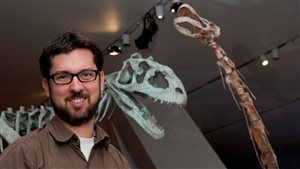
The new species has been dubbed “Wendiceratops” as a member of the triceratops family, discovered by paleontologist Wendy Svoboda, name after the discoverer Wendy plus ceretops meaning “horned face”.
As the earliest specimen discovered so far of that group, it would have lived about 79 million years ago, about 13 million years prior to the more widely known triceratops.
The creature would have been about 6 meters (20 feet) long and weighed more than a ton. Scientists speculate now that the horns, and other bony horn-like structures may also have served for display and mating purposes as well as defence.
*Scientific description in the journal PLOSOne
Evans says that “Wendiceratops” helps us understand the early evolution of skull ornamentation in an iconic group of dinosaurs characterized by their horned faces.”
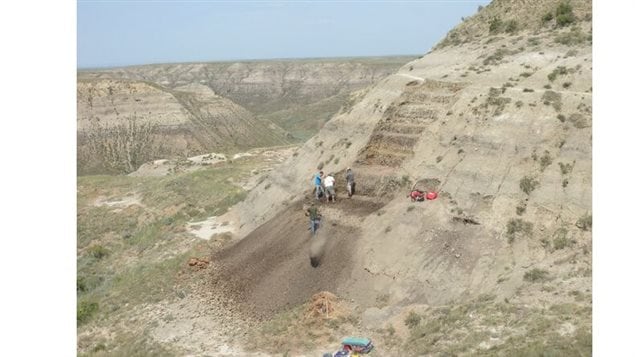
It was found in southern Alberta, near the present day Milk River, in a region that those many millions of years ago would have been a warm lush coastal plain of a giant ancient sea that virtually divided the entire North American continent.

The discovery is the first of this ancient species, and is also the earliest indication of horned dinosaurs developing a “rhinocerous-like” nose horn.
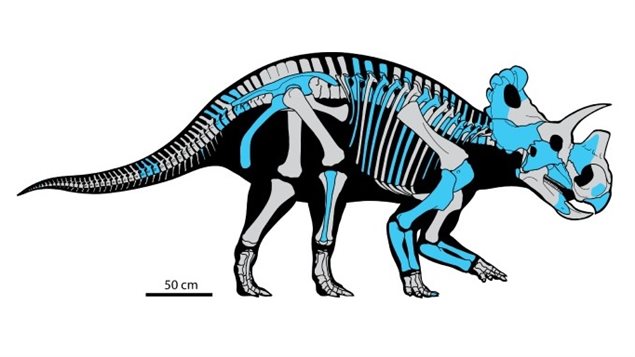
This dinosaur is the latest in a series of new finds being made by Evans and Dr. Michael Ryan, curator of vertebrate palaeontology at the Cleveland Museum of Natural History. It’s part of their Southern Alberta Dinosaur Project, which is designed to fill in gaps in our knowledge of Late Cretaceous dinosaurs in North America and study their evolution. The area holds some of oldest dinosaur-bearing rocks in Alberta, as well as rocks of neighbouring Montana that are of the same age.
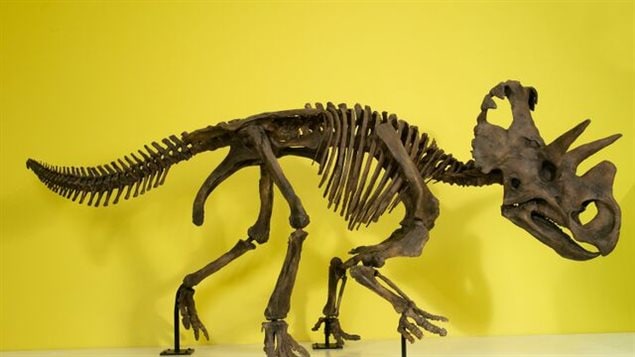
A full-sized skeleton and exhibit profiling Wendiceratops is currently on display at the Royal Ontario Museum in Toronto
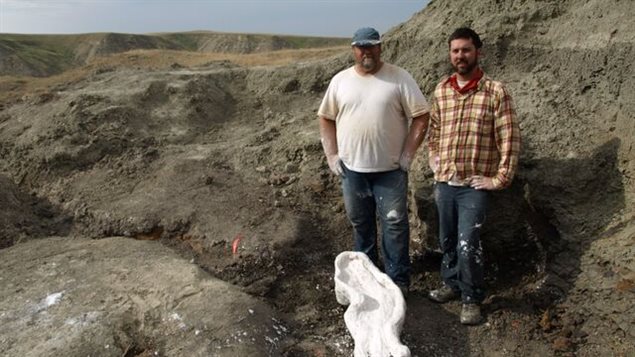
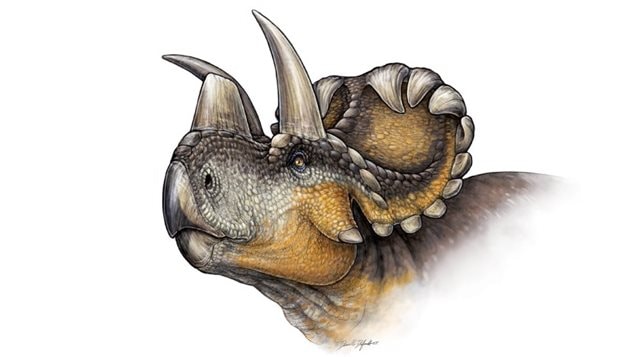






For reasons beyond our control, and for an undetermined period of time, our comment section is now closed. However, our social networks remain open to your contributions.